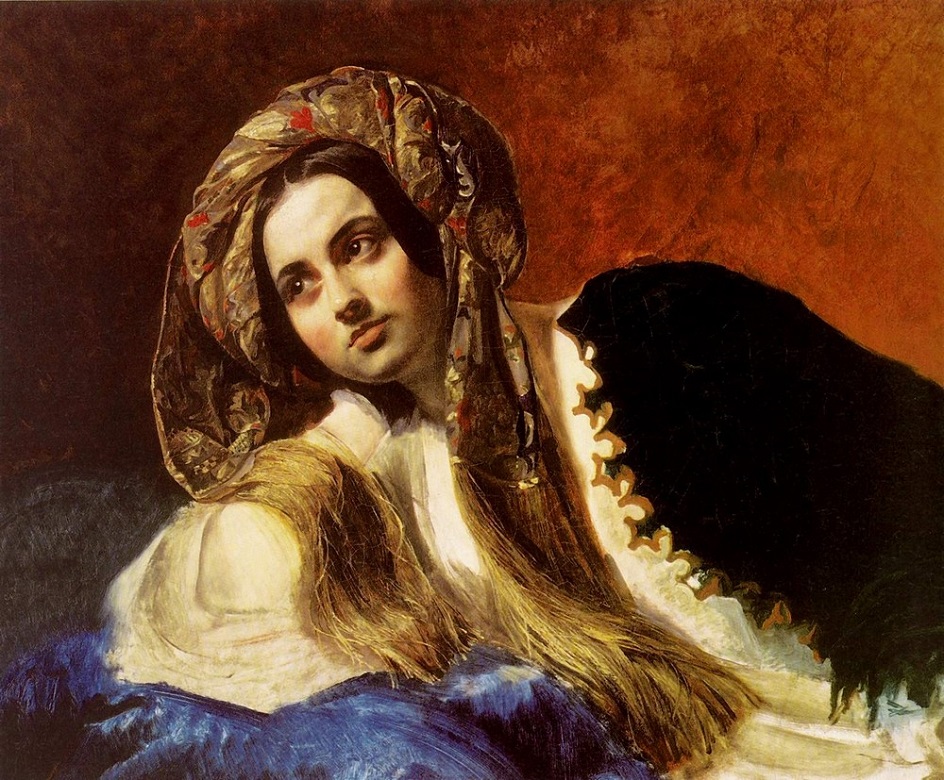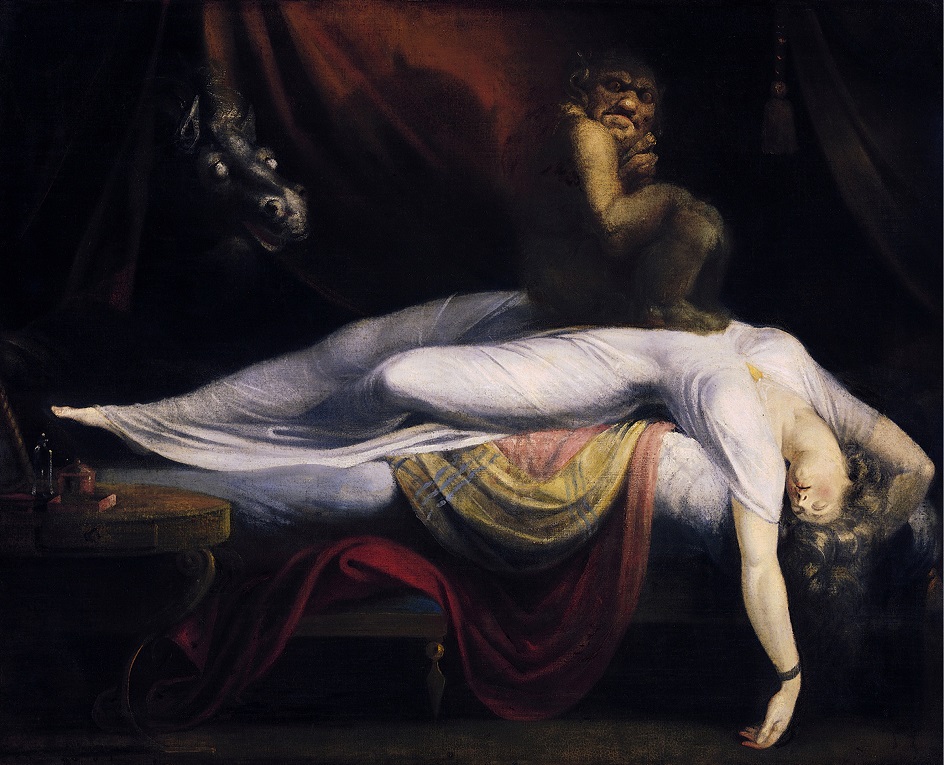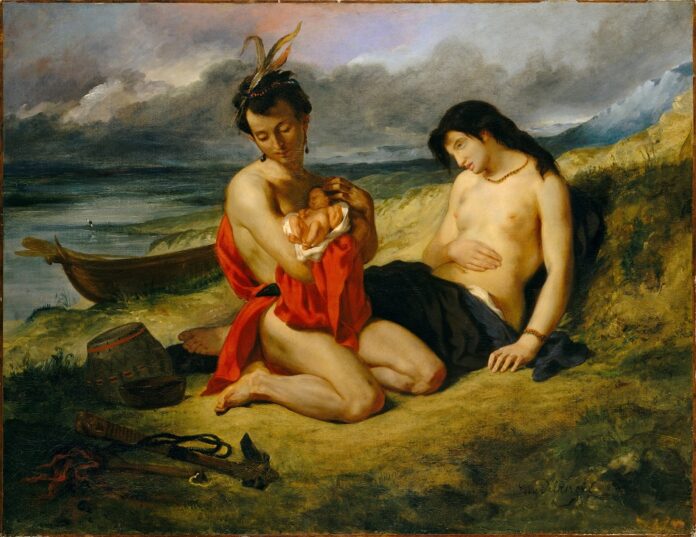Romanticism art period is a philosophical and cultural trend in the art of Europe and America at the end of the 18th – the first half of the 19th centuries. The basis for the development of the style was sentimentalism in the literature of Germany – the birthplace of romanticism.
The romanticism art movement was developing in Russia, France, England, Spain, and other European countries. Representatives of romanticism exalted the importance of fantasy, emotions, feelings, and spiritual throwing. In literature and art, the era of heroes with strong, daring, contradictory, and sometimes rebellious characters began. Unlike sentimentalism, in the romanticism art movement, there is no tenderness and tearfulness, it is the philosophy of the brave and strong.

The tenets and goals of the Romanticism art movement included:
- a return to nature is exemplified by the emphasis on spontaneity in painting;
- belief in the goodness of humanity and the best qualities of the individual;
- justice for everyone;
- a firm belief in the power of feelings and emotions that dominate the mind and intellect.
Characteristic features of the romanticism art era
- Idealization of the past. The dominance of mythological themes became the leading line in the work of the 19th century.
- Rejection of rationalism and dogmas of the past.
- Increased expressiveness through the play of light and color.
- The paintings conveyed a lyrical vision of the world.
- Increasing interest in ethnic topics.
Romantic painters and sculptors tend to express an emotional response to private life, in contrast to the restraint and universal values promoted by neoclassical art. The 19th century was the beginning of the development of the romanticism art period in architecture, as evidenced by the exquisite Victorian buildings. The goal of the romanticism art movement is that the artist demonstrates a subjective view of the objective world, and shows a picture filtered through his sensuality.

Among the greatest Romantic painters of the 19th century were such representatives:
- Henry Fuseli;
- Francisco de Goya;
- Caspar David Friedrich;
- John Constable;
- Théodore Géricault;
- Eugène Delacroix.
Fuseli was the theorist and the most prominent representative of the English romanticism art period. John Constable belonged to the English tradition of romanticism. This tradition was in search of a balance between a deep sensitivity to nature and progress in the science of painting and graphics. The paintings of William Turner, one of the greatest English painters of romanticism, reflect the desire to observe nature as one of the elements of creativity. The mood of his paintings is created not only by what he depicted but also by the way the artist conveyed color and perspective.

























